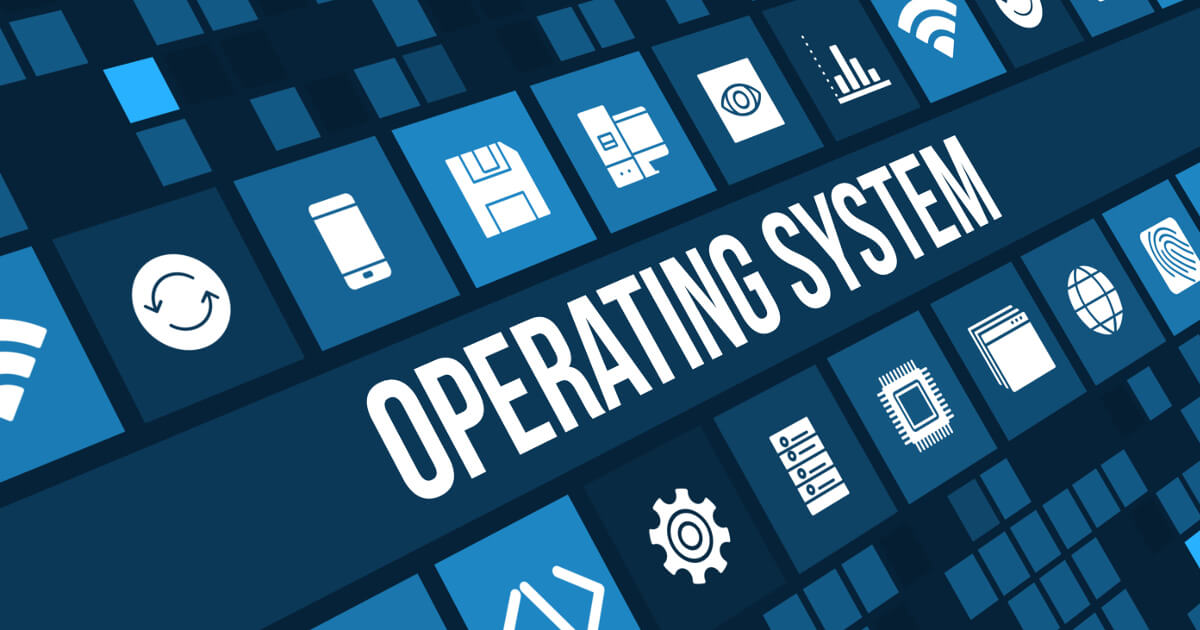I was referred to as Fedora Core because of its inception; this Red-Hat-sponsored Linux distribution is now called Fedora. The word ‘Core’ became used to differentiate the primary Fedora package deal from the ones of the Fedora Extras project, which provided add-ons to Fedora Core. The difference among those repositories changed that Red Hat maintained Core, and volunteers held the Extras. There may be no difference between the Core and the Extras bundle repositories from this release. Fedora 7 now ships with today’s software programs that pressure the gadget, including the Linux 2.6.21 kernel, GNOME 2.18, KDE three.Five.6, and X server 1.3.
USABILITY
Fedora’s dedication to the direction of the proper open-source software program intended that the distribution cannot have any MP3, Flash, or Java formats; however, a short Google seek will have you gambling all your media files in mins. Try out the gadget-config packages when you have currently switched to Fedora. They make machine administration a walk within the park. One such package deal is ‘device-config-show’, which runs out of a terminal to begin a server and assists you to pick out the proper driver and display screen decision in case you turn monitors or photo playing cards.

The Fedora forum and wiki are bookmarked in Firefox, making it smooth for new users to discover help. Composite is installed in the course of the desktop installation and can begin from the ‘Enable Desktop Effects’ choice on the ‘Desktop Effects’ menu. It takes multiple hours to personalize Fedora 7 and iron out the minor troubles that could get up due to plug-ins or incompatible drivers. Afterward, Fedora works appropriately. The DVD has most applications that customers need to install later, correct thinking about the maximum sluggish Internet connections.
VERDICT
With its simple graphical system administration tools, Fedora 7 is an exceptional substitute for the Windows computing device if you are geared up to enter the world of open supply software programs.






